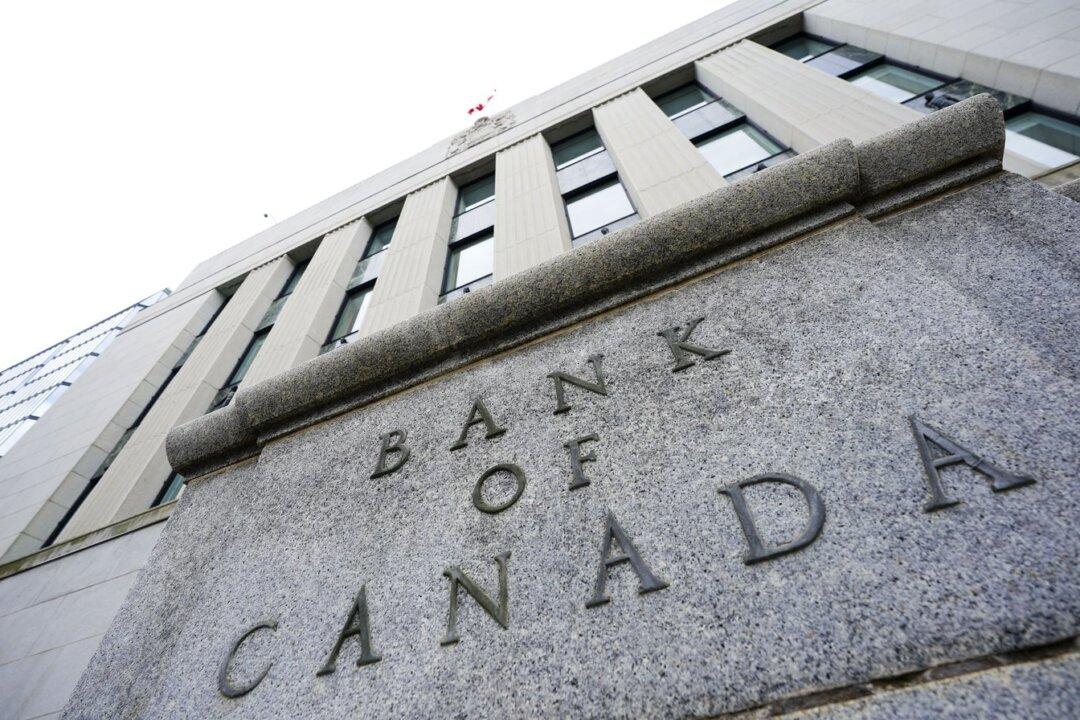As the Bank of Canada gears up to announce its next interest rate decision on Jan. 24, economists will be on the lookout for any clues on when it plans to start cutting interest rates.
Overall, Jan. 24 shouldn’t bring any big surprises. The central bank is widely expected to continue holding its key interest rate steady at five percent, the same as it has at its last three interest rate announcements.
But as the economy continues to slow and forecasters anticipate a steady decline in inflation, economists are eagerly watching for signs from the Bank of Canada that it’s ready to pivot.
“What I’m looking for is what I would call the next step,” said Dominique Lapointe, a global macro strategist at Manulife. “By the next step, I mean acknowledging that the rate hikes are done.”
So far, the Bank of Canada has not ruled out the possibility of raising interest rates again if inflation doesn’t co-operate. But forecasters don’t believe another rate hike is actually on the table.
Nathan Janzen, RBC assistant chief economist, says that although the central bank might still keep the door open to more rate hikes on Jan. 24, it’s “unlikely that they'll need to exercise that option.”
The Bank of Canada is expected to cut interest rates as early as this spring in order to avoid a sharper economic downturn than is necessary to fight inflation.
Over the last year, the Canadian economy has stagnated as borrowing costs have weighed on businesses and consumers. This weaker growth has translated into a less frothy labour market with fewer job vacancies and a higher unemployment rate of 5.8 percent.
The Bank of Canada’s recently released business outlook survey found labour shortages are no longer a top concern, and instead firms are worried about slowing sales.
Its consumer expectations survey found Canadians are also pulling back on their spending as higher interest rates force mortgage holders to cut on expenses in order to afford larger monthly payments.
This pullback in consumer spending is expected to chill the economy even further this year.
Manulife’s economic outlook for 2024 suggests the economy will shrink in the first half of the year before growing again.
“It’s going to be a weak year, regardless (of whether) we get a technical recession,” Mr. Lapointe said. “The question will be, how long will this slowdown be? And can we get sustainable recovery in the second half of this year?”
He added that the expected bounceback in the second half of the year hinges on interest rate cuts.
But the Bank of Canada isn’t expected to start discussing rate cuts just yet, particularly since inflation rose last month.
Canada’s annual inflation rate picked up to 3.4 percent in December, while underlying price pressures failed to ease. Mr. Lapointe says the fact that core measures of inflation—which strip out volatility in prices—picked up last month poses a communication challenge for the central bank.
“I think it’s a problem for the Bank of Canada—it’s a problem for the consumers too—in the fact that it does suggest that price pressure(s) on the core front are more persistent than we thought. And this is probably complicating their messaging next week,” he said.
The Bank of Canada has previously acknowledged that the journey back to two percent inflation will come with some bumps along the way. Governor Tiff Macklem has said that the central bank won’t be responding to each hiccup, but instead will respond to consistent trends.
“We still think the most likely path for inflation is lower. The economy looks softer, the monthly inflation data will bounce around, but generally has been trending lower,” said Mr. Janzen.
In addition to its interest rate announcement, the Bank of Canada will be publishing its quarterly monetary policy report on Jan. 24. The report will include new forecasts for the economy and inflation.
In October, the Bank of Canada was projecting inflation would fall back to two percent in 2025.







